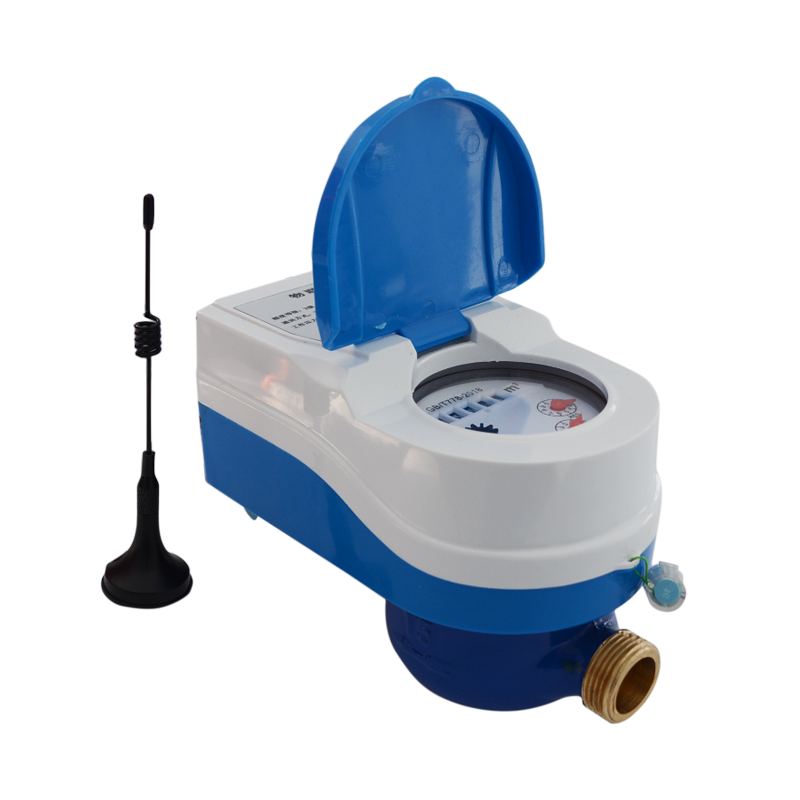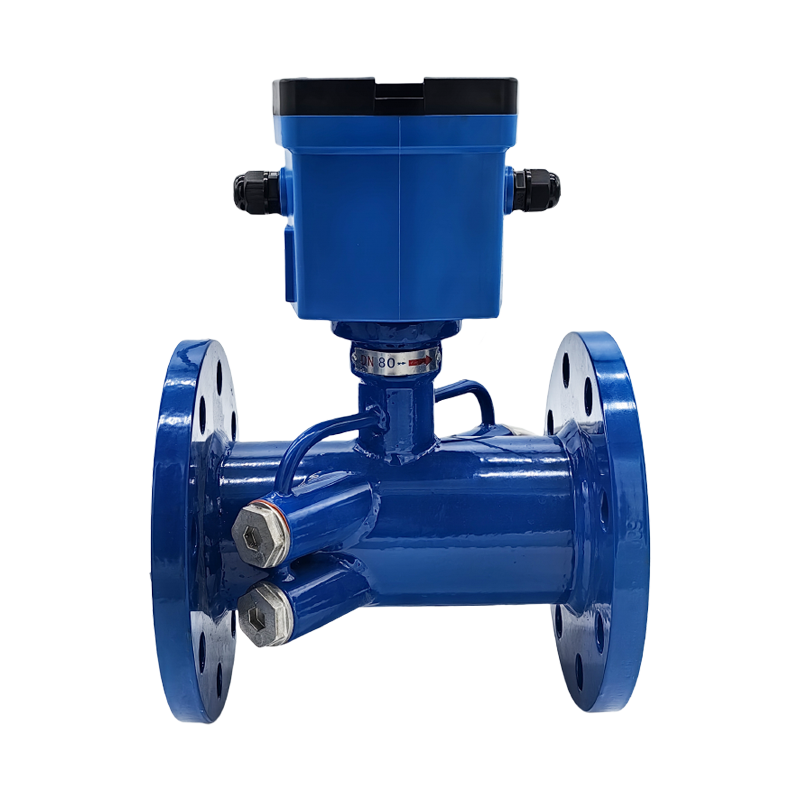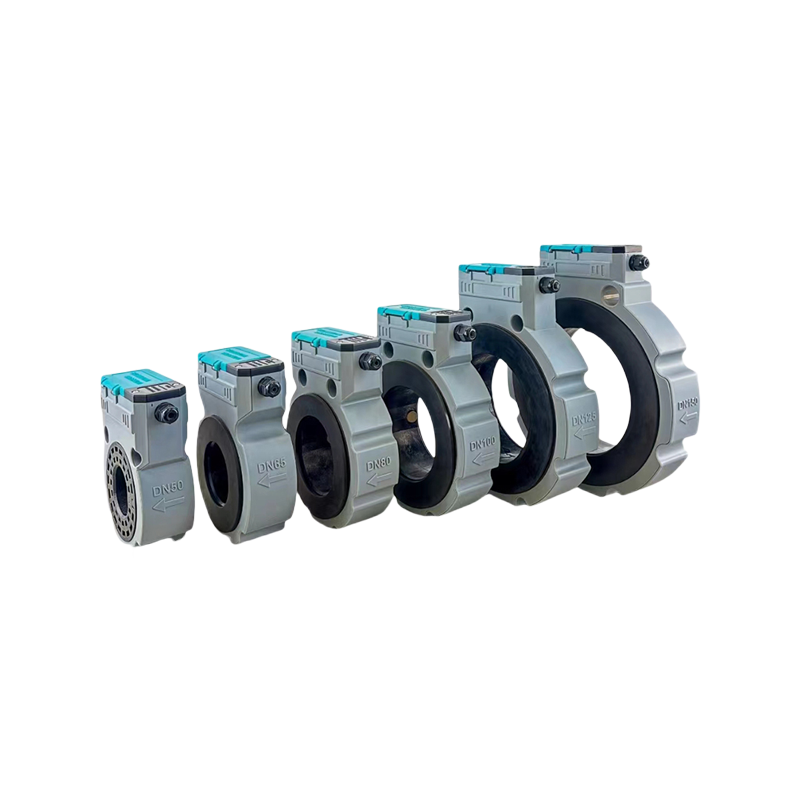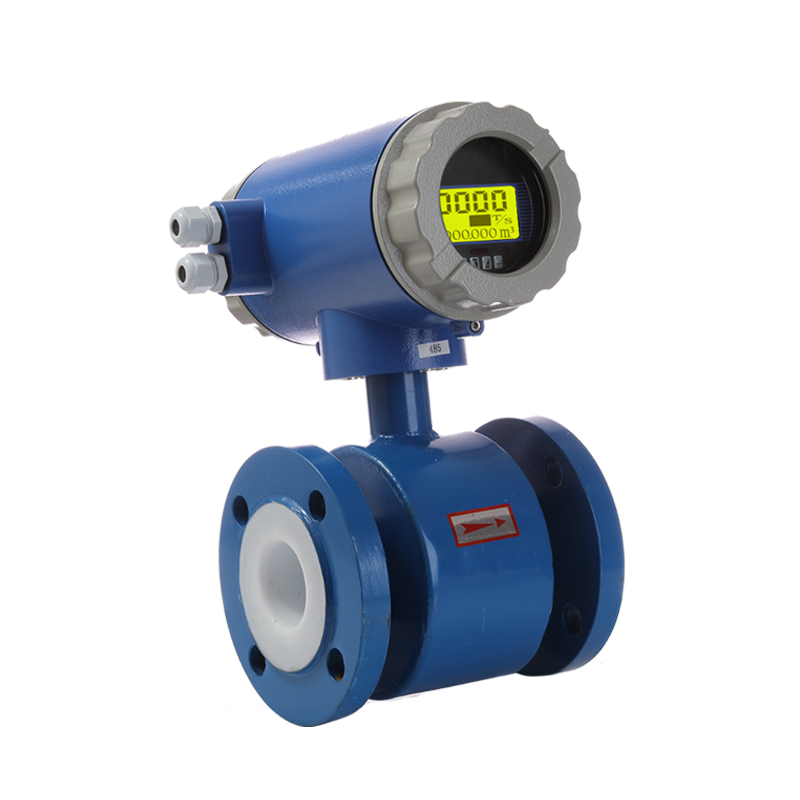
1. Working Principle
Liquidometer mainly measures the liquid level based on a variety of physical principles. Common ones include the buoyancy principle, such as the float-type liquidometer. The float floats up and down with the rise and fall of the liquid level, and the position of the float is converted into a signal of the liquid level through a mechanical structure or sensor. There are also liquidometers based on the static pressure principle. According to the relationship that the static pressure at the bottom of the liquid is proportional to the liquid level, the static pressure is measured by a pressure sensor to obtain the liquid level. In addition, there are liquidometers based on ultrasonic and radar principles. They emit wave signals, and the waves are reflected back after encountering the liquid surface. The liquid level is calculated based on the propagation time of the waves.
2. Product Advantages
Accurate Measurement
Liquidometers based on different principles can provide relatively accurate liquid level measurement. For example, the radar liquidometer has a measurement accuracy of up to millimeter level, which can meet the needs of chemical, pharmaceutical and other industries that have strict requirements on liquid level measurement accuracy.
Adapt to a variety of environments
Can work in different liquid environments. Whether it is a highly corrosive acid or alkali solution, or a high-temperature, high-pressure liquid container, there are corresponding liquidometer models to choose from. For example, in high-temperature boiler level measurement, a high-temperature resistant liquidometer can be used, and in corrosive liquid storage tanks, there are liquidometers made of corrosion-resistant materials.
Multiple output methods
The output signal of the liquidometer is diverse, and common ones are analog signals (such as 4-20mA current signals) and digital signals (such as RS485 communication protocol). This makes it easy to connect to various control systems (such as PLC, DCS, etc.) to achieve remote monitoring and automatic control of liquid levels.
3. Application areas
In the petrochemical industry, it is used for liquid level monitoring of oil storage tanks and reactors; in the water treatment industry, it is used for liquid level management of water tanks and pools; in the food processing industry, it is used for liquid level control of raw material tanks and fermentation tanks.
Keywords

liquidometer
Contact Us
Classification
Instant inquiry
Please leave your phone number or email address, and we will contact you within 24 hours










